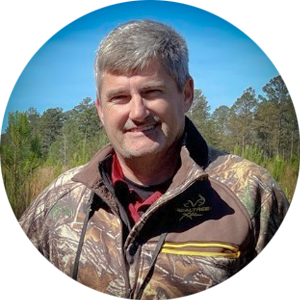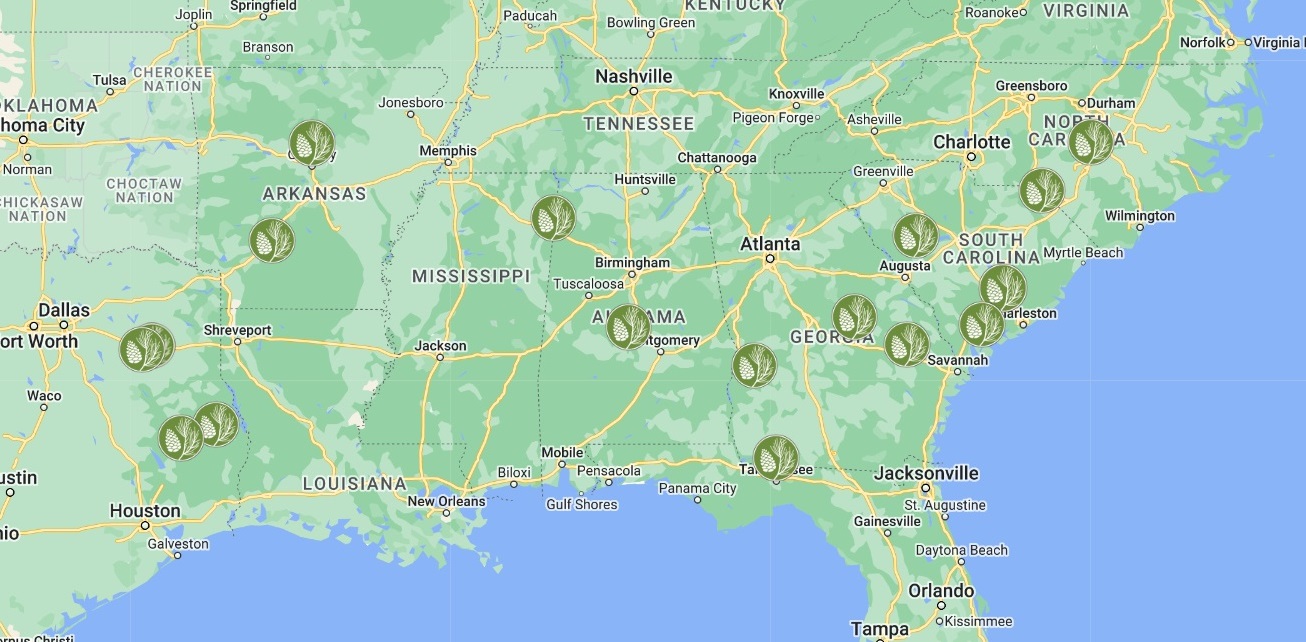
Authored by Jason Watson, M.S., R.F.
Jason is the ArborGen Director of United States Sales.
Since 2010, container seedling production for loblolly pine has increased from approximately 6 to 20 percent of the total (Enebak, 2001), with the balance remaining bareroot. Containerized seedlings are an excellent alternative for landowners who wish to plant before the traditional window of December – February. Containers may also be appropriate on difficult sites like steep terrain or rocky/gravelly sites.
Containerized seedling production in the US South began in the 1960s, and over time, timberland firms and forest landowners began to realize the growth benefits of planting them in the fall. In some cases, additional growth justified the extra cost of the containerized stock.

Containers at ArborGen’s Bellville Nursery in Georgia.
In the 2010s, the exponential transition for many firms to containerized stock was largely owed to concerns over seedling survival. Containerized seedlings are planted with their entire root system intact. But this may not be as straightforward as it seems. Landowners are planting containerized stock in the traditional bareroot window of mid-December through February. As loblolly containerized seedlings gain popularity, forest landowners should also be aware of inherent risks associated with wholesale adoption.
In December of 2022, the entire southern US experienced an extreme freeze, with temperatures plummeting to the single digits. Millions of containerized seedlings not yet lifted and stored immediately succumbed to freeze injury. When extreme cold conditions like this occur, containerized seedlings still at the nursery are more vulnerable because they are grown on raised benches, and the cold air can easily circulate beneath them. Their only protection is the soil enclosed within the Styrofoam or plastic tube. Because freeze injury symptoms are not evident immediately after an event, many seedlings may still be boxed and planted. The 2022 containerized seedlings with freeze damage were planted with dead root systems, resulting in high mortality rates. Seedling suppliers eventually realized the damage and had to cancel high volumes of seedling orders.
Conversely, bareroot seedlings were much safer when the December 2022 conditions hit. Bareroot stock is much more protected in the nursery’s natural soil environment. Even when the air temperatures dropped below 10 degrees F, soil temperature probe readings barely registered below 30 degrees F. The summer of 2023 produced the opposite results of what some accept as conventional wisdom: bareroot seedling survival rates were much higher than containerized.

Bareroot being protected in beds.
Practicing forestry remains just that: it is a practice. We operate in a system without guarantees, and we must remain aware of the challenges inherent to our business. At ArborGen, our container business is also expanding, but we recognize landowner awareness is crucial when planning a reforestation project. In January of 2023, a landowner who planted bareroot MCP instead of OP containers for roughly the same costs is already thinking about thinning in the next 9-10 years. In this case, the container practitioner had to start over and plant earlier the next time around.
Containers are logistically harder to transport to your site, more expensive to plant, and more costly than bareroot seedlings. These are all things to carefully consider when deciding which stock type to use for your site. If you have questions, please contact your local ArborGen Reforestation Advisor.
Source: Dr. Scott Enebak, Southern Forest Nursery Management Cooperative, Nov. 2021













